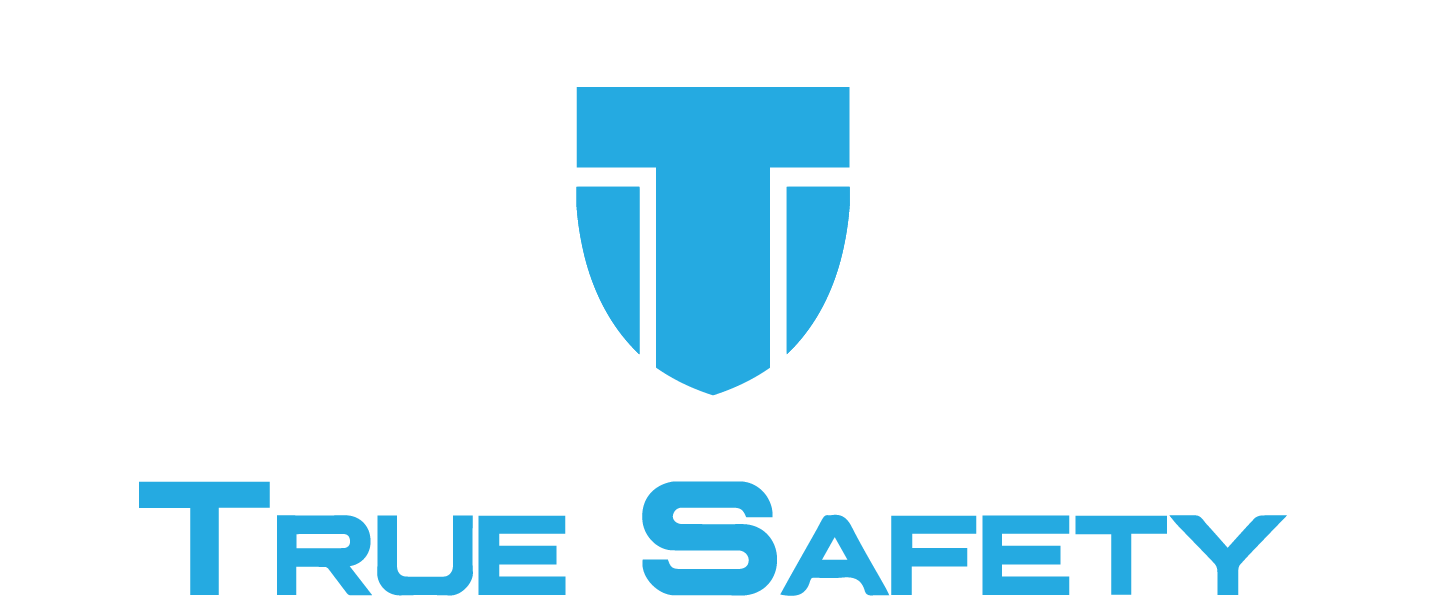How Often Should My Employees Go Through Safety Training Classes?
This is a great question that we are frequently asked from our customers. Safety training is so crucial, yet the cadence varies. Some blue collar jobs require comprehensive training that can range from three days to five days. For instance, OSHA 30 training is a five day training class, and is geared for supervisors, foremen, and anyone within a leadership position. Some blue collar workers who are in heights and frequently needing fall protection equipment may require an in-depth training such as the 24-hour competent person fall protection course.
It is important for each employer or contractor to abide by the workplace safety requirements, and find out what the OSHA regulations are specifically for their line of work. If you want to build your resume as a safety professional, there are certain certifications that we provide that can help you do that. For example, OSHA 10 and OSHA 30, fall protection, confined space, trenching and excavation, and so forth. We have awareness level training classes, but also competent person training classes.
If you are a contractor or business owner in the blue collar industry, there are some insurance providers that lower your overall premium if your employees have taken certain safety training classes. If you’d like to find out more about this, you can research it online or contact your current workplace insurance provider.
We always like to ask customers a few questions to help them enroll in the correct safety training class that will best suit their needs. Some of these questions include:
What are the specific training requirements that the contractor is needing in order for you to be qualified to win that project or bid?
Have you looked on the OSHA website to find out what regulations apply to your organization?
Are you voluntarily wanting just a basic awareness level safety training course to include in your established safety program?
Will safety training be enough or does your line of work do better with regular safety topic meetings as knowledge and skill refreshers?
Do you already have a health and safety manual that includes all the necessary training classes that are required over the course of a year?
What season and days of the week are easiest for you to pull the employees out of the field and into a training class? Do Saturdays work the best due to the workload?
Do you prefer to schedule a safety training course that takes place at your location or the training provider’s location?
Do your in-house office employees need any training classes such as First Aid/CPR/AED or a Safety Management training course?
WIll your training suffice if OSHA shows up or are there any other training classes that you need to take? (First Aid/CPR/AED and Bloodborne Pathogens training classes are typically required for blue collar workers)
We hope this information helps you, and don’t hesitate to reach out if you have any questions!
-True Safety

